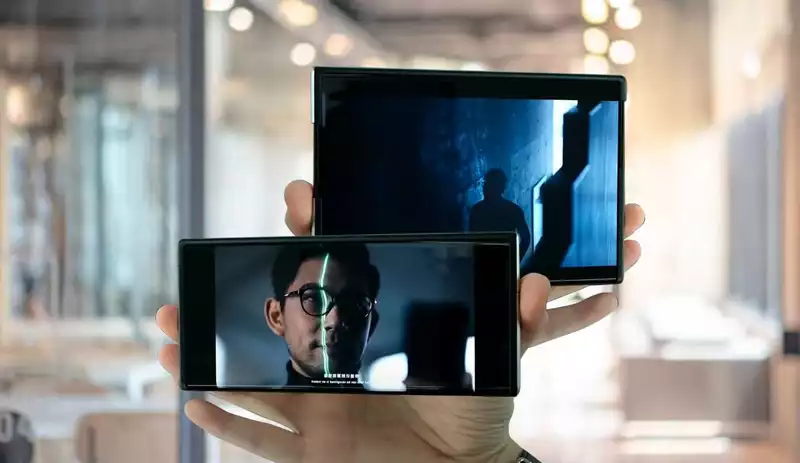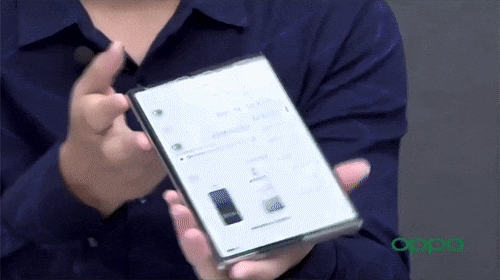You can also be interested in these:
- Google Pixel 6 will copy Samsung Galaxy S21 features
- How to protect smartphones against Pegasus virus
- How to upgrade my phone with Apps
- Mobile App security checklist: How to secure mobile Apps?
Imagine you had a phone display screen that can adapt to any size you want. This concept is kind of dreamy, however it is what the new rollable phones technology tries to achieve. Having a portable device that fits in your pocket, and all of a sudden you wanted to have a bigger screen display to fill a long form or watch a movie. Although, the application of this new technology also brings technical and practical challenges. Let’s delve a little more in the topic to see if the rollable phones trend will stick or will become a thing of the past.

What is a rollable phone?
Since 2008, with the release of the Kyocera Echo, foldable phones started to be a thing. Models like the Samsung Galaxy Z Flip and the Motorola Razr strengthen this trend and promoted it. Smartphone manufacturers kept flirting with the idea of changing the form factor of their products on the fly. By that time, the discovery of the flexible display technology made it all this possible. Thereafter, the first concepts of rollable phones started appearing near the end of 2020.
The rollable screen technology introduces a very innovative and interesting concept. The foldable phones made themselves larger by using hinges to literally open the display. This caused a lot of stress to the flexible screen film and created weak spots in the frame structure of the unit. In turn, rollable phones keep the overflowing portion of the screen “rolled” in both ends of the device, like a scroll. Whenever the phone becomes larger, most commonly by using telescopic extensions, the longer the screen will unroll.
The first glimpse of this technology was introduced on October 2020 with the first TCL rollable phone concepts. After that, companies like Oppo and LG Electronics also joined the party with announcements for new phones.
The realistic and practical approach
Technology, by concept, is always destined to answer the need of that something is missing or to solve a situation. The concept behind that is what ensures how trascendental it is. The bigger the problem it solves, the more indispensable it becomes. In reality, rollable phones are a nice thing to have, but speaking the truth, it is not a necessity.

The average individual has at least 3 screen display devices at hand, whether a mobile, tablet, ink-like reading tablet, pocket pc, laptop or tv. On a day-to-day situation, whatever the need is, if he or she wanted to have a bigger or smaller display they would have to swap the device they were using. It is extremely unlikely that you have to imperatively change your device screen on the move. Or, for this matter, using the same device.
From another perspective, just imagine if the screen on your device were made out of a thin plastic film which slides on top of a hard metal shell. You have the perfect formula for failure there. Historically, manufacturers avoid moving parts on practical implements handled heavily and quite often.
The new TCL rollable phone model will launch later this year. The price tag on this phone is around $1000 USD. On the other hand, The LG Rollable, according to rumors, will cost over the $2000 USD. Understanding that this is an expensive technology to produce, this is not the best use of your money you can possibly do right now.
More stories like this
- Google Pixel 6 will copy Samsung Galaxy S21 features
- How to protect smartphones against Pegasus virus
- How to upgrade my phone with Apps
- Mobile App security checklist: How to secure mobile Apps?
- All we know about the new Tesla Model Pi phone
- Best online shooter games for smartphones in 2022